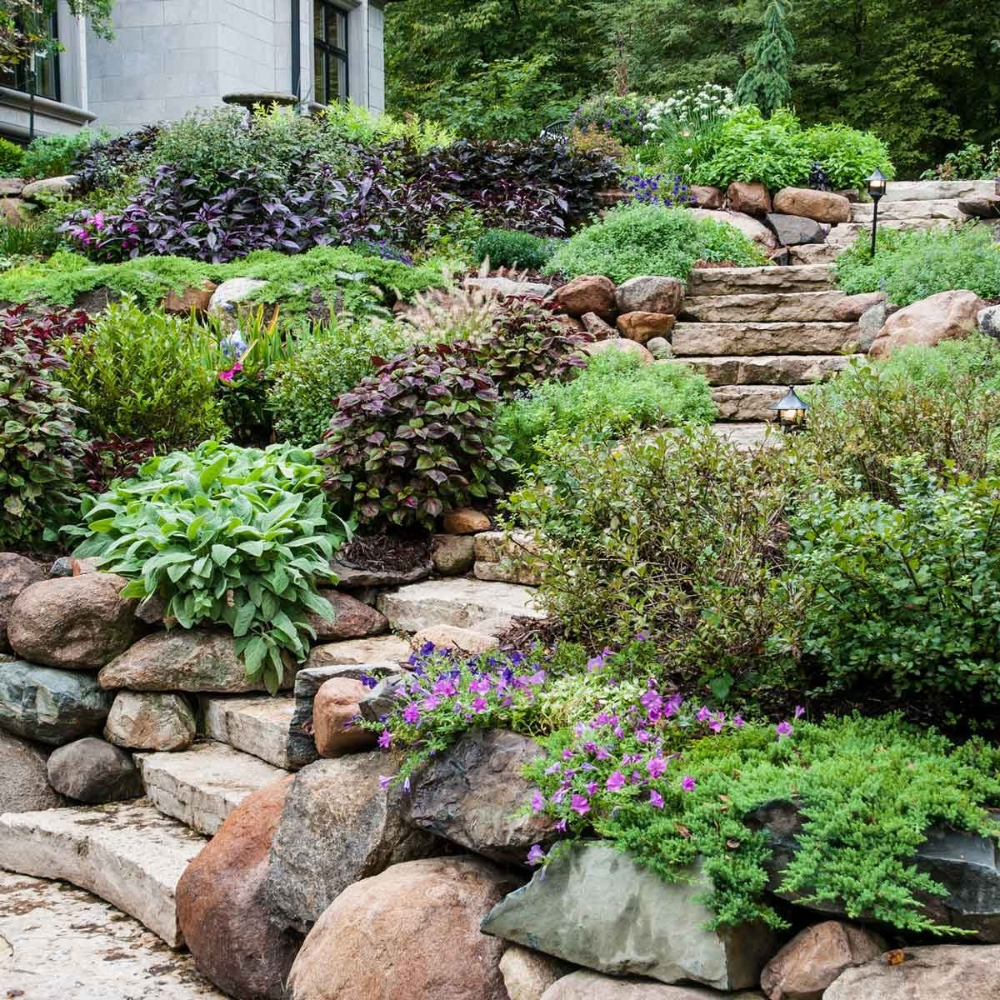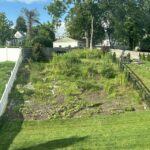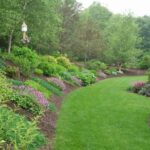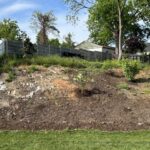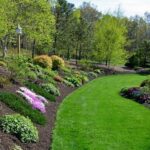Landscaping on a hill can present a unique challenge for homeowners looking to create an aesthetically pleasing outdoor space. However, with proper planning and execution, it is possible to transform a sloped yard into a stunning landscape that enhances the overall appeal of the property.
One of the key considerations when landscaping on a hill is erosion control. The slope of the hill can make it more susceptible to erosion, especially during heavy rainfall. To prevent soil erosion, it is important to incorporate features such as retaining walls, terraces, and planting beds to help stabilize the soil and prevent runoff.
Another important aspect to consider when landscaping on a hill is drainage. Proper drainage is essential to prevent water from pooling and causing damage to plants and hardscape elements. Installing a drainage system, such as French drains or swales, can help direct water away from the slope and ensure that your landscape remains healthy and thriving.
Incorporating vertical elements into your hillside landscape can help create visual interest and maximize the use of space. Features such as tiered planters, raised beds, and vertical gardens can add depth and dimension to the landscape, making it more visually appealing and functional.
When selecting plants for a hillside landscape, it is important to choose species that are suited to the unique conditions of a sloped site. Plants that have a strong root system, such as ground covers and ornamental grasses, can help prevent erosion and stabilize the soil. Additionally, selecting drought-resistant plants can help minimize the need for irrigation and maintenance.
To further enhance the beauty of a hillside landscape, consider incorporating elements such as seating areas, walkways, and lighting. These features can help create a welcoming outdoor space that can be enjoyed day and night. By carefully planning and designing your hillside landscape, you can create a beautiful and functional outdoor space that adds value and curb appeal to your property.
